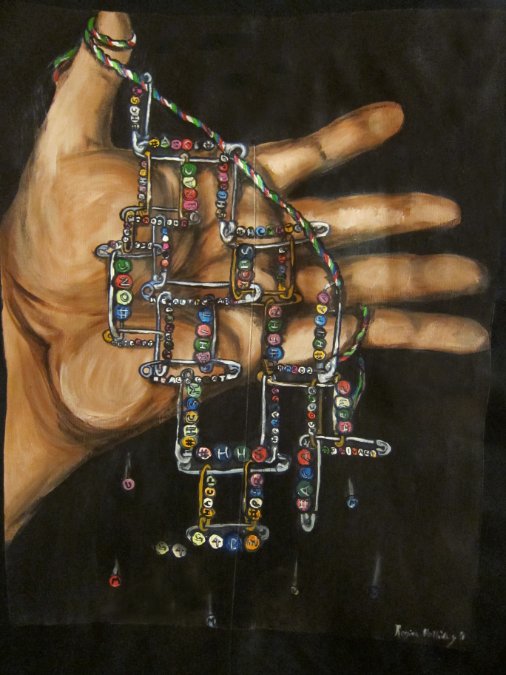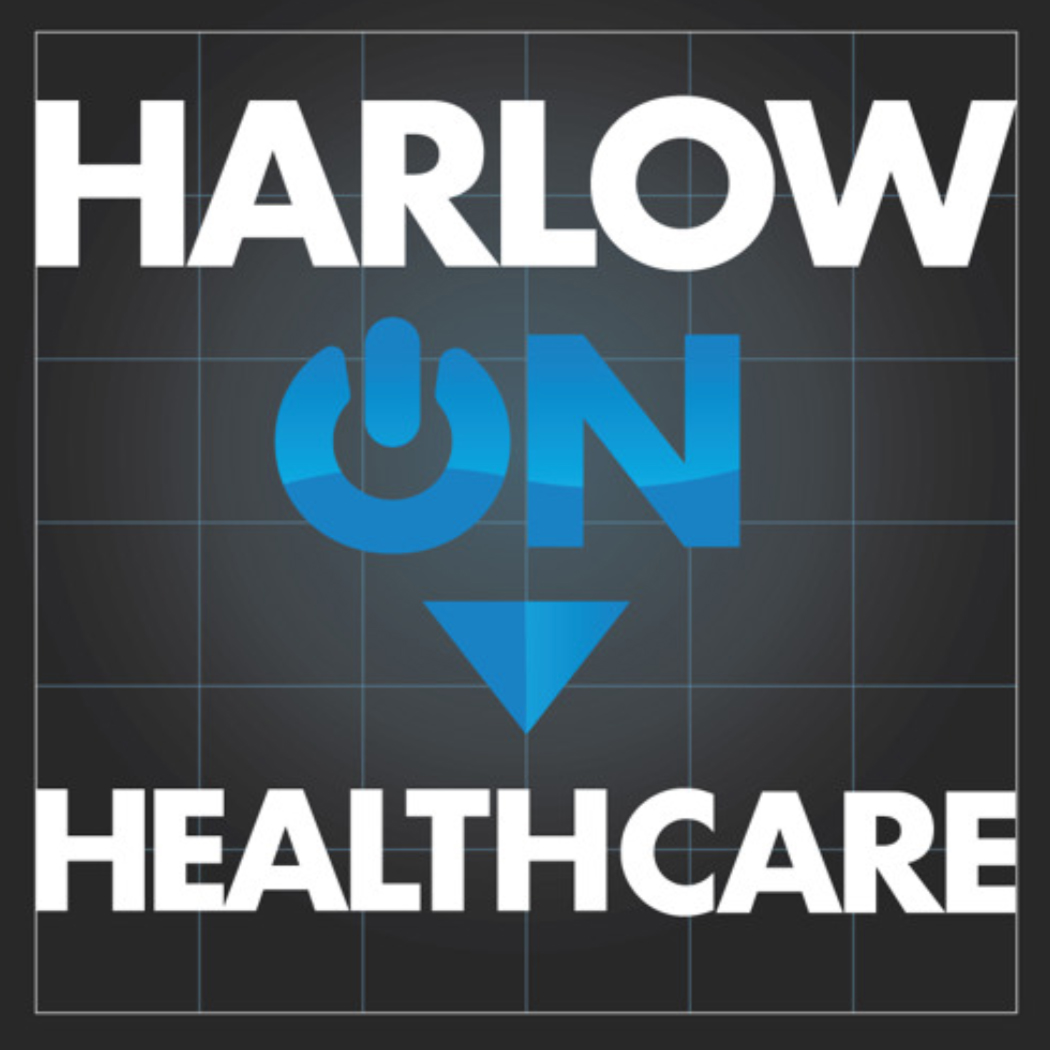Following the announcement of implementation of the Carequality-CommonWell interoperability collaboration, I was fortunate enough to catch up with Micky Tripathi (@mickytripathi1) to discuss this development and put it in context. Micky is the president and CEO of the Massachusetts eHealth Collaborative, a non-profit health IT advisory and clinical data analytics company (@MAeHC_org), and is a nationally recognized leader in health information technology. Micky is also active in the industry at a local and national level, including being on the Board of Directors of the New England Health Exchange Network (NEHEN), the Sequoia Project, the CARIN Alliance, and the FHIR Foundation and the Project Manager of the Argonaut Project, an industry collaboration to accelerate the adoption of FHIR. He has served on a number of ONC committees and is now affiliated with the Berkman-Klein Center for Internet and Society at Harvard.
Micky is bullish on interoperability, both over the near term (the next 12-18 months) and the long term. He notes that we’re really just getting started: When the Recovery Act was enacted in 2009, the EHR adoption rate nationally was about 10%, and that rate got up over 50% in 2013. Since we couldn’t expect interoperability before a critical mass of providers were using EHRs, 2014-15 was the timeframe for starting to think about it. He sees progress since then as being pretty good, particularly given the late start on technology in the health care delivery sector and given the sector’s high level of fragmentation.
State and regional health information exchanges mostly look like they were experiments in applying public utility model – which could only work in a few key markets where conditions are just right. That “magic synergy” exists in Indianapolis, Providence and a relatively small number of other communities, where HIEs are aggregating data and supporting providers by getting data to them at the point of care.
Not every market can support this public utility model, says Micky, and the EHR companies now have two key characteristics themselves that they can put together the tools needed to operationalize interoperability of health records: (1) ubiquitous availability in almost every market in the country and (2) deep integration into providers’ clinical workflows. Intersecting groups of EHR companies participate in two networks – Carequality and CommonWell – which have the infrastructure necessary to support point of care decisions through national interoperability. Their approaches to interoperability both center on exchange of core clinical data, in the form of continuity of care documents (CCDs) – which are both machine-readable and human-readable – but they have some differences. In December 2016 they agreed to build a bridge between the two systems so that folks on either network could access records on both networks. Not taking that step, Micky notes, would be like consigning AT&T cell phone customers to a world where they could never call Verizon wireless customers.
There are differences between the two networks that required some work in order to integrate them; Carequality is more of a peer-to-peer network, while CommonWell has central patient-matching functionality.
Now that the integration work is done it is being rolled out on a limited basis. It will be made available to all Carequality and CommonWell users eventually, but each EHR company that ties in to each network has some technical integration and customer contracting work to do before all of their customers can come on line.
I asked Micky how he sees the 21st Century Cures Act and the TEFCA framework being developed under the Act affecting the development of the Carequality-CommonWell network, and he said bluntly that he hopes it doesn’t become a “regulatory wet blanket.” If TEFCA mandates an architecture that is different from what 80% of the market is about to be using, that could slow down or halt progress towards interoperability.
We also spoke briefly about the CMS idea of creating a COP that would mandate patient access to records, and whether that approach could be broadened to mandate peer-to-peer record sharing, to ban information blocking. In general, Micky said he prefers incentives to mandates, and cited as an example of a mandate gone awry the Massachusetts HIE, which got tangled up in definitions of terms like “provider” or “connected” or “use.”
Stepping back from the implementation details, we discussed the benefits of interoperability beyond care of individuals – including population health and analytics – and Micky noted that different architectures and different networks are needed for different purposes. For example, “Direct” (i.e. , secure email) can support point-to-point sharing of individual patient health records fro individual appointments and care coordination purposes, but other use cases may need other approaches to sharing data. Transactional interoperability within smaller circles of providers than the universe served by Carequality and CommonWell may be better served using APIs. The Apple project delivering health record data from institutions to patients – one patient at a time – uses FHIR APIs. Bulk data transfers can also be implemented using FHIR APIs and the Argonaut Project is working on this problem now. Organizations that have a trust relationship can exchange data on a bulk basis (e.g. to support ACO care coordination for a population of patients).
“Interoperability is not a switch; it’s more like a dial.” In some cases, Micky observes, organizations just need the occasional exchange of records for patients going from one to the other. In other cases there is deep integration, sharing of patients, sharing of risk for panels of patients, and in that cirumstance, providers want to turn up the dial all the way on interoperability to collectively work together to improve patient care management.
When I asked Micky what he hoped would be different five years from now, he had two clear answers. First, he said that he hopes providers don’t know what Carequality and CommonWell are, just as we don’t need to know what cell phone carrier someone uses in order to call them on the phone. The experience of getting records from other providers, the core interoperability function, should be the same no matter what. Second, he is hoping for a mature API and app ecosystem for both providers and patients so that everyone can “get data you have the right to see and do cool things with it.” We should have the same convenient and seamless “app store experience” in healthcare that we do throughout the rest of our lives.
I spoke with Micky as part of my ongoing series of fireside chats with healthcare innovation leaders – Harlow on Healthcare, on HealthcareNOW Radio. Listen to our radio station online, or ask your smart speaker (Amazon Echo or Google Home): “Find Tune In Station HealthcareNOW Radio.” You can catch me live weekdays at 8:30 am, 4:30 pm and 12:30 am ET. As each new show goes live, the last one joins the archive, available via SoundCloud or your favorite podcast app (iTunes, Stitcher, iHeartRadio). Your comments are welcome here. Join the conversation on Twitter at #HarlowOnHC.
David Harlow
The Harlow Group LLC
Health Care Law and Consulting



[…] article was originally published on HealthBlawg and is republished here with […]